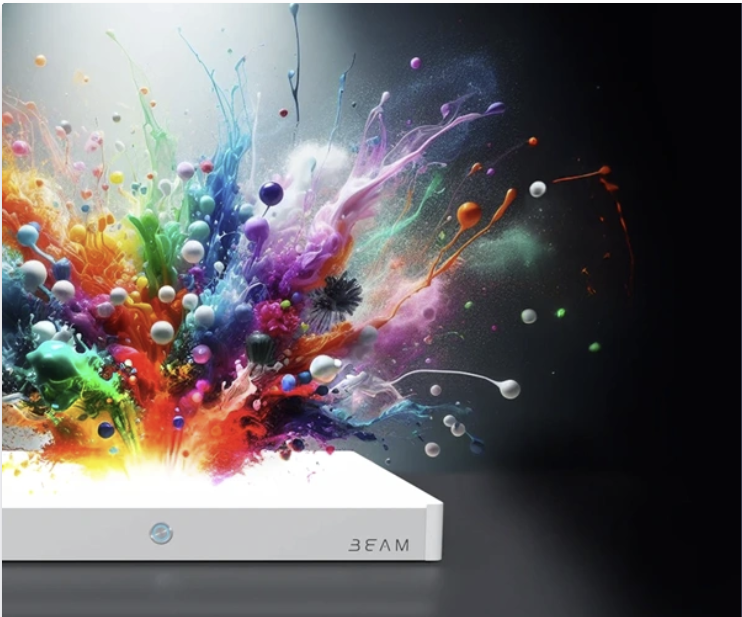In the world of scientific research, lighting is often an overlooked but critical component. Enter LED light boxes—powerful tools that are transforming how researchers conduct experiments across various fields. From biology to materials science, the applications of LED technology are as diverse as the research it supports. In this post, we’ll explore the versatility of LED light boxes, their benefits over traditional lighting, specific use cases in different research areas, customization options, and the exciting future of this technology. For high-quality LED solutions, check out The Big Orchard
Versatility of LED Light Boxes
LED light boxes are remarkably adaptable, making them suitable for a wide range of applications in research. In biology, they provide consistent lighting for plant growth studies, enabling controlled environments that optimize conditions for photosynthesis. In materials science, they facilitate precise illumination for experiments investigating optical properties. This versatility not only enhances research quality but also streamlines workflows across various disciplines.
Benefits of LED Technology
One of the standout advantages of LED light boxes is their energy efficiency. Unlike traditional incandescent or fluorescent lights, LEDs consume significantly less power, leading to lower operational costs. Moreover, they have an impressive lifespan, often lasting tens of thousands of hours, which reduces the frequency of replacements. Additionally, LEDs offer superior color control, allowing researchers to select specific wavelengths that are crucial for their experiments, whether for fluorescence imaging or spectroscopy.
Specific Use Cases
Consider the application of LED light boxes in controlled growth chambers for plant research. Here, researchers can simulate various light conditions to study plant responses to different wavelengths. In imaging techniques, LED light boxes are used to enhance contrast and clarity, vital for capturing detailed images in microscopy. Furthermore, in spectroscopy, they provide the necessary light source for analyzing material properties, showcasing their broad applicability in the research community.
Customization Options
What makes LED light boxes particularly appealing is their customization potential. Researchers can tailor light intensity, wavelength, and patterns to fit specific experimental needs. This flexibility ensures that each project can be approached with the optimal lighting conditions, enhancing the accuracy and reliability of results. Custom solutions enable labs to maximize the benefits of LED technology, ensuring that their unique requirements are met. The Big Orchard are experts, with over 30 years of experience.
Future Potential
As LED technology continues to advance, the future possibilities for LED light boxes in research are promising. Emerging applications include integrating AI for automated lighting adjustments based on real-time data, improving the efficiency of experiments. Additionally, ongoing research into new materials and designs could lead to even greater energy savings and enhanced performance, solidifying LED light boxes as indispensable tools in the laboratory.
Conclusion
The versatility and advantages of LED light boxes make them a game-changer in research settings. From their energy efficiency and longevity to their wide range of applications and customization options, these lighting solutions are paving the way for more innovative and efficient research practices. As technology progresses, we can expect LED light boxes to play an even more crucial role in scientific discovery.



